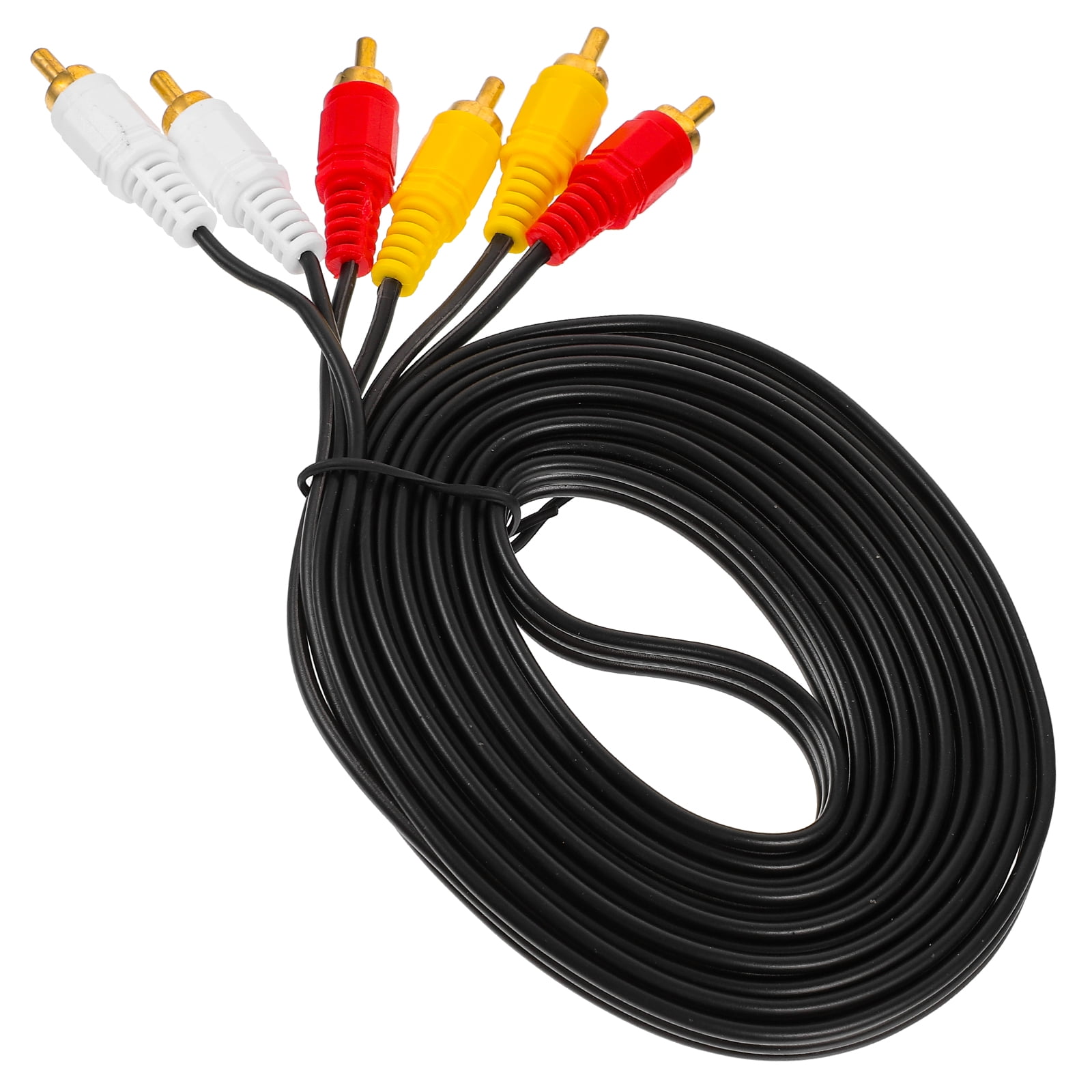Integrating Traditional Platforms with Advanced Audio Networking Solutions for Enhanced Efficiency and Adaptability.
Integrating Traditional Platforms with Advanced Audio Networking Solutions for Enhanced Efficiency and Adaptability.
Blog Article
In the current rapidly evolving landscape of audio technology, the requirement to enhance efficiency and flexibility in sound solutions is more important than ever before. Numerous organizations and locations still rely on legacy systems, which are antiquated solutions that may not have the features of contemporary devices. However, harmonizing these outdated systems with cutting-edge audio networking solutions can lead to substantial enhancements. Audio communication allows for better interconnectivity between equipment, making it simpler to manage and manage audio throughout different areas.
A of the key advantages of integrating outdated systems with contemporary audio communication is increased adaptability. Traditional audio technologies often involve complicated wiring and restricted routing choices. With audio communication technologies like Dante or AVB, sound transmissions can be sent over standard Ethernet cables. This implies that users can easily link multiple units without the need for extensive reconfiguration. Whether within a concert hall, a educational auditorium, or a business event, this flexibility enables for rapid adjustments and changes to the sound setup without major downtime.
Performance is a further major element that enhances when older technologies are upgraded with up-to-date networking technologies. Outdated systems may struggle to provide high-quality audio, particularly in larger venues or in complex events. By adopting sound networking, entities can take advantage of sophisticated capabilities such as low latency, timing, and digital signal management. These advancements assist ensure that sound is distinct and uniform, enhancing the complete quality for audiences and performers together. This shift can make a noticeable impact in the way audio is experienced in different settings.
Moreover, integrating legacy systems with contemporary solutions can lead to cost savings in the extended run. Although modernizing to new devices may require an upfront investment, this article the efficiency gained through sound communication can lower maintenance costs and decrease the requirement for ongoing repairs. Furthermore, connected technologies often require fewer physical space than conventional installations, which can save on real estate expenses in locations. Entities can allocate resources better efficiently, using the money they save to allocate resources in additional critical areas.
Finally, educating personnel on how to use combined technologies becomes simpler with audio communication. Numerous modern audio communication systems come with user-friendly interfaces and distant control capabilities. This indicates that even those who may not significant technological knowledge can learn to operate and control the sound solutions efficiently. Training programs can be designed around these technologies, enabling staff to manage and troubleshoot systems with assurance. By blending the old with the new, entities can create a more capable and knowledgeable workforce, ultimately leading to better audio experiences for everyone concerned.